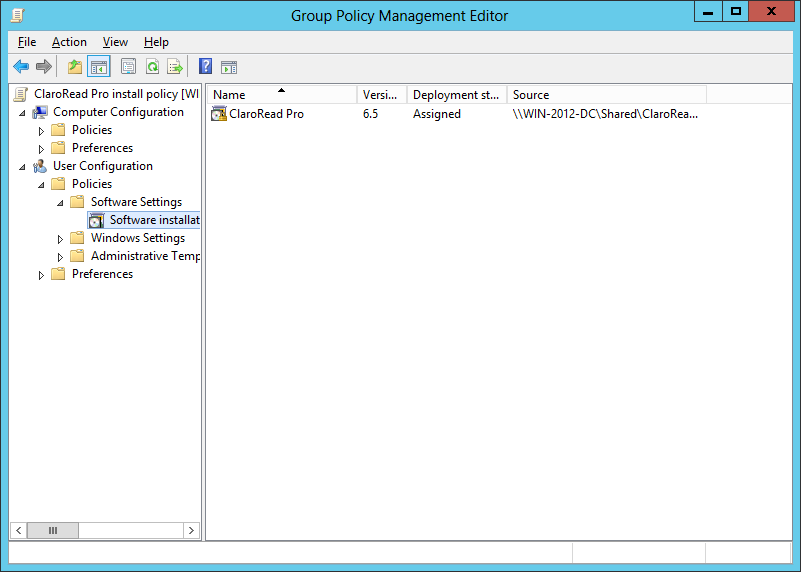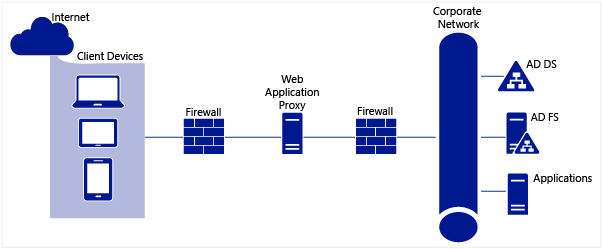
Group Policy is one of your many options for automating the deployment of software in your Enterprise and is a huge topic for the 70-742 exam. You can use such policy to deploy applications to computer or users. Be sure to audit your Group Policy settings to ensure that you are only deploying the application once to a target user or system. Obviously, whenever possible, consider having the policy for distribution as high up in the directory structure as possible.
Windows Installer packages make software distribution in in this manner possible. You assign or publish the software using Software Installation in Group Policy. This is only possible if your file type fits one of the following categories:
- Native Windows Installer package (.msi)
- Provide the best overall deployment experience
- Take full advantage of the Windows Installer
- Allows for components to install on demand and also permits applications to self heal
- You can enact modifications with a .mst file
- You can enact software patches with a .msp file
- Repackaged application (.msi) files
- You can repackage an application that does not have a native Windows Installer Package
- Keep in mind that the installation occurs as a single component; unlike what is possible with native Windows Installer Packages
- An application file (.zap) – this installs the application by using its original setup.exe program; note that these files can only be published, not assigned
- Define the setup.exe or install.exe into a .zap file in order to deploy them
- A .zap file is a text file that contains information on how to publish the application
- This approach is less flexible than native Windows Installer packages – for example, you would not be able to override the need for administrative privileges for installation
